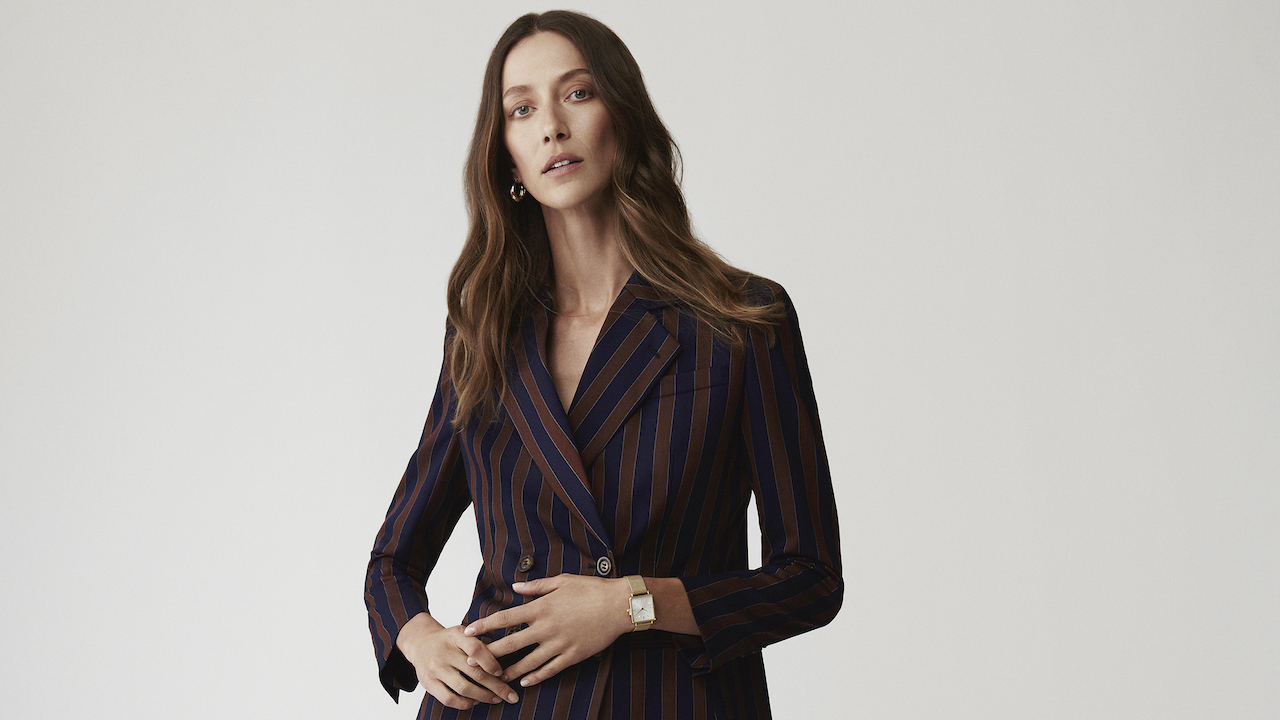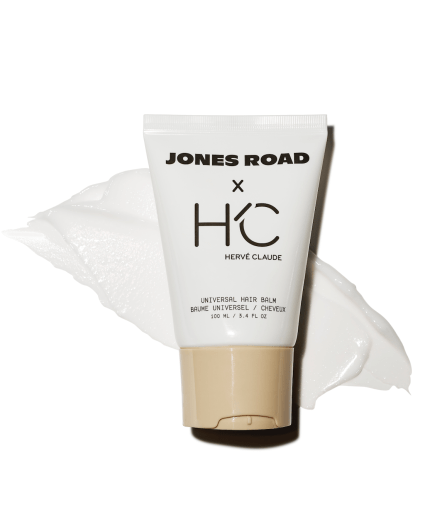What’s Driving the Escapist Fragrance Boom
Over the past two years, consumers looked to strong-scented perfume to transport them to another place and time, somewhere far from real life.
In the last year, Byredo, known for clean, minimalist scents like its longtime bestseller Gypsy Water, saw success with new, bold fragrances, like Mumbai Noise, an intense eau de parfum that embodied the hustle and bustle of India’s largest city.
D.S. & Durga’s second best-selling fragrance in 2021 was Jazmin Yucatan, which invokes the jungle — humidity, snake plants, limestone ruins, crocodiles by the cenote and all. David Moltz, the brand’s co-founder and perfumer, described the perfume as “powdery,” “sexy,” “frosty” and “ambery,” noting that it’s stronger than longtime bestsellers, “I Don’t Know What,” a “transparent” scent that “people can’t put their finger on,” and “Debaser,” a soft, fig fragrance.
There’s a reason D.S. & Durga’s tagline is “perfume is armchair travel.” Everyone needs an escape, and when it comes to beauty, scent is the quickest, most powerful vehicle to do so. Fragrance’s deep ties to memory make it more personal and emotional than other beauty purchases. During the pandemic, people used scent to distract from heavy headlines and day-to-day minutiae, opting for stronger perfume and candles with ties to specific destinations.
Fragrance sales in the US increased by nearly 50 percent last year, experiencing more growth than any other prestige beauty category in the US in 2021, according to the NPD Group. Sales of luxury lines from designer fragrance brands nearly doubled in size, and higher-end, artisanal fragrances, which are usually bolder and often contain higher concentrations of fragrance oil than traditional scents, grew by 68 percent.
“There was a lot of creativity during the pandemic and a lot of fragrance creators went in slightly different directions,” said Linda Levy, president of the Fragrance Foundation. “It’s a category which has a lot of variations of the transportive. People wanted to have scents that reminded them of other places in the world. When you couldn’t get on a plane, that’s where they were travelling.”
Perfumes That Take You Places
So where did people travel to on their theoretical fragrance trips? Besides India or the Yucatan Peninsula, thanks to Byredo’s Mumbai Noise or D.S. & Durga’s Jazmin Yucata, some went to the Mediterranean, courtesy of Aerin Lauder’s Mediterranean Honeysuckle, Levy said. Others went to beaches in Mexico with House of Bo’s Agua de Santos or to the French Riviera with Cartier’s Les Rivières de Cartier collection. For Diptyque’s 60th anniversary last year, the brand released limited-edition Paris, Venice, Milies, Kyoto and Byblos scents and candles.
“The shift where people are wearing fragrance that adds a lot of throw and power — that’s continued. That has to do, a little bit, with people’s comfort level in saying, ‘I’m wearing a fragrance’ or ‘This is me,’” said Ben Gorham, Byredo’s founder. “Maybe the pandemic shed some new light or fast-forwarded this idea for people.”
:quality(70)/cloudfront-eu-central-1.images.arcpublishing.com/businessoffashion/NCBG7POMONGINKJG4N4GPR4COI.jpg)
Because of store closures at the onset of the pandemic and limited availability of testers upon reopening, fragrance brands had to operate on a “level playing field,” said Levy. No brand had the try before you buy advantage; everyone had to rely on the same online storytelling and ingredient marketing.
Byredo’s De Los Santos, for example, was released in March and billed as an “aromatic cloud of musk” with “the splendour of amber and incense.” Gorham said De Los Santos tells a story of loss, death and celebration of life, inspired by the passing of his father and a close friend.
“It ultimately results in a fragrance or a perfume but it’s just about capturing a story, and sometimes it’s nondescript, simple, and muted and other times it’s highly expressive like Mumbai Noise,” Gorham said.
Brands experimented with different ways to convey those stories to consumers. With D.S. & Durga’s Jazmin Yucatan, the brand livened up its minimalist packaging with Jazmin Yucatan; a vivid jungle motif of lush grasses, plants and a blue-eyed toucan are printed on labels and boxes. The perfume performed so well for the brand that it was added to its permanent lineup last year after its initial release as a limited-edition collaboration with Opening Ceremony in spring 2020.
D.S. & Durga’s limited-edition fragrance, Pistachio, sold out within two hours of launching on the line’s website in February.
“Something about the concept of pistachio drives people bananas,” Moltz said. He called the eau de parfum, of which only 100 bottles were made, an “intense gourmand experience.”
What’s Changed
This year, even as travel resumes for many, bold fragrances continue to sell. Prestige fragrance sales in the US are up 19 percent year to date, according to Larissa Jensen, vice president and industry analyst at The NPD Group. (Units sold are also up, which makes beauty “one of the only industries that’s growing in dollars and units,” she added.)
“We’re not just going to throw away what we learned during the pandemic,” said Moltz. “Perfume and nice scotch and tea, things that aren’t so expensive, are pretty easy ways to make the day better.”
What’s different is the psychology driving purchases. Like makeup, wearing a bolder perfume connotes a return to celebrations, parties and other events that were put on hold for much of 2020 and 2021.
Dr Rachel Herz, a neuroscientist and expert on the psychological science of smell, said two factors fuel the current desire for louder, splashier scents: increased exposure to fragrance in the home for two years and customers who just want something different as they enter a new phase of life.
“We want to demarcate that with fragrances that are creating a sensory and emotional shift,” Herz explained.
Experts think those who shifted away from “wearable” and approachable scents to stronger fragrances that allowed them to “visit” places they were unable to at the time or served as an outlet to experiment with different notes or intensities will continue to do so.
New fragrance terminology at the store and brand level is helping with that.
“From least to most, it’s cologne, eau de toilette, eau de parfum, then parfum and that was really it,” Jensen said of fragrance oil concentrations. Now, she’s seeing brands “up the ante” with elixirs, the most concentrated type of fragrance.
Elixirs aren’t new, but the sub-category is just starting to make its way from industry insiders and aficionados to the broader marketplace. Jensen said 70 percent of consumers are willing to pay more for a longer-lasting, higher-concentration fragrance.
Penny Coy, vice president of merchandising at Ulta Beauty, is seeing the shift play out in-store. She’s seen a migration into eau de parfums, some of which cost well over $100, even among Gen Z customers. She points to the success of Billie Eilish’s fragrance, Eilish by Billie Eilish, which sold out in hours on Eilish’s own website and launched at Ulta in January, as an example.
“It’s definitely bringing in that younger guest,” Coy said. “And that’s an amber gourmand, that’s a bit of a heavier scent.”

:quality(70)/cloudfront-eu-central-1.images.arcpublishing.com/businessoffashion/XNOSOPHKEFBUZA6ONFEPGLVQNU.jpg)



